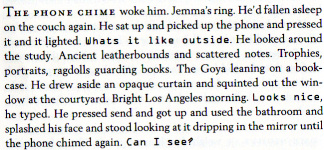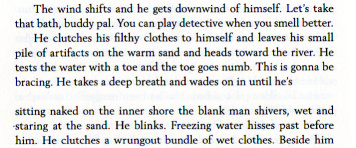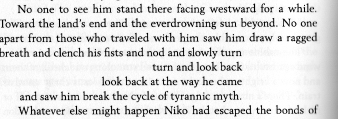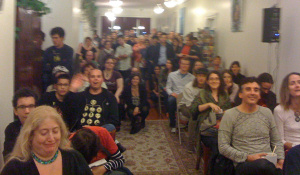(In 2009 I wrote a two-week series of blog posts about post-apocalyptic novels & films for Borders’ blog. Because this subgenre has continued to flourish, I am reprinting the posts here.)
Today I conclude my brief look at movies I think have made significant contributions to Apocalypse Cinema.
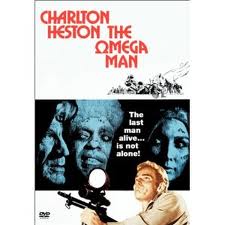 The Omega Man. Based on Richad Matheson’s classic I Am Legend, Charlton Heston chows down on scenery as the last man on earth after a weaponized disease wipes out most of humanity, leaving behind only demented survivors bent on killing Heston’s Robert Neville. The 1969 Tate-LaBianca murders were still very much on Hollywood’s mind when The Omega Man was released (1971), and Anthony Zerbe’s terrific take on a charismatic Manson-esque leader of “the Family” of silver-eyed mutant technophobe survivors who pursue Neville is a perfect foil for Heston’s declamatory style. An allegory of the hippie back-to-nature movement vs. Heston’s usurping Modern Machine Man, The Omega Man also manages to reflect many other movements that were shaping the culture (counter- and otherwise) at the time — Woodstock, Easy Rider, civil rights — in a cheapo backlot film that manages to work in spite of itself. Featuring a great score by Ron Grainer that was unavailable for decades, The Omega Man is admittedly dated and reaching, but somehow it still works for me — maybe because it was my favorite movie in the whole wide world when I was eleven.
The Omega Man. Based on Richad Matheson’s classic I Am Legend, Charlton Heston chows down on scenery as the last man on earth after a weaponized disease wipes out most of humanity, leaving behind only demented survivors bent on killing Heston’s Robert Neville. The 1969 Tate-LaBianca murders were still very much on Hollywood’s mind when The Omega Man was released (1971), and Anthony Zerbe’s terrific take on a charismatic Manson-esque leader of “the Family” of silver-eyed mutant technophobe survivors who pursue Neville is a perfect foil for Heston’s declamatory style. An allegory of the hippie back-to-nature movement vs. Heston’s usurping Modern Machine Man, The Omega Man also manages to reflect many other movements that were shaping the culture (counter- and otherwise) at the time — Woodstock, Easy Rider, civil rights — in a cheapo backlot film that manages to work in spite of itself. Featuring a great score by Ron Grainer that was unavailable for decades, The Omega Man is admittedly dated and reaching, but somehow it still works for me — maybe because it was my favorite movie in the whole wide world when I was eleven.
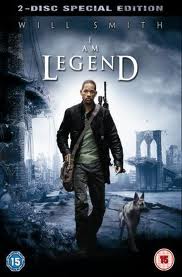 I Am Legend. The Big Hollywood production of Matheson’s classic novel had a storied and problematic gestation — at one point it was slated to star Arnold Schwarzenegger and be directed by Ridley Scott — but the final result starring Will Smith is surprisingly good and contains some setpieces that are absolute classics, if you can get past the unacceptably fake CG rave-style zombies. (To its credit, the production tried using madeup actors, but they were shooting in Manhattan in November with nearly nude extras and the whole thing got just plain dangerous.) Dead Manhattan has held a glorious poetry of decay for apocalyptic fiction at least as far back as Stephen Vincent Benet’s seminal 1937 “By the Waters of Babylon” (aka “The Place of the Gods,” shamelessly cadged by Andre Norton for Star Man’s Son [1953], aka Daybreak 2250 A.D., and an early influence on me), and this is the first movie to get it right. Subtly featuring grass growng through the pavement and the unnerving wrongness of pervasive cricket chirps throughout the cityscape — clearly someone did his homework and read Alan Weisman’s The World Without Us — the imagery of urban desolation should have gotten costar billing.
I Am Legend. The Big Hollywood production of Matheson’s classic novel had a storied and problematic gestation — at one point it was slated to star Arnold Schwarzenegger and be directed by Ridley Scott — but the final result starring Will Smith is surprisingly good and contains some setpieces that are absolute classics, if you can get past the unacceptably fake CG rave-style zombies. (To its credit, the production tried using madeup actors, but they were shooting in Manhattan in November with nearly nude extras and the whole thing got just plain dangerous.) Dead Manhattan has held a glorious poetry of decay for apocalyptic fiction at least as far back as Stephen Vincent Benet’s seminal 1937 “By the Waters of Babylon” (aka “The Place of the Gods,” shamelessly cadged by Andre Norton for Star Man’s Son [1953], aka Daybreak 2250 A.D., and an early influence on me), and this is the first movie to get it right. Subtly featuring grass growng through the pavement and the unnerving wrongness of pervasive cricket chirps throughout the cityscape — clearly someone did his homework and read Alan Weisman’s The World Without Us — the imagery of urban desolation should have gotten costar billing.
To my mind, I Am Legend’s dirty little secret is that it is clearly a remake of The Omega Man; I’d be willing to bet no one involved in the production ever read the Matheson novel (or, if they did, it was decided to ignore it in favor of the remake). I highly recommend watching the DVD with the unreleased alternate ending.
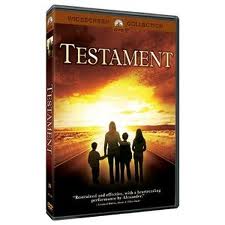 Testament. An unforgettable 1983 film about a mother (Jane Alexander) trying to keep her family together in a small Bay Area community in the wake of a limited-exchange nuclear war that likely has claimed the life of her husband (William Devane). There are moments of unbelievable raw emotion here (or, if you didn’t like it, moments of painfully inept sentiment). For me it works but it’s too “clean,” in that it deals with emotional issues but shies away from the gritty truth that would follow such devastation. It’s a bit as if Oxygen channel had made a post-apocalypse movie. The performances are powerful (and Lucas Haas is about three minutes old in this movie!). For the unflinching version, see the next entry.
Testament. An unforgettable 1983 film about a mother (Jane Alexander) trying to keep her family together in a small Bay Area community in the wake of a limited-exchange nuclear war that likely has claimed the life of her husband (William Devane). There are moments of unbelievable raw emotion here (or, if you didn’t like it, moments of painfully inept sentiment). For me it works but it’s too “clean,” in that it deals with emotional issues but shies away from the gritty truth that would follow such devastation. It’s a bit as if Oxygen channel had made a post-apocalypse movie. The performances are powerful (and Lucas Haas is about three minutes old in this movie!). For the unflinching version, see the next entry.
 Threads. About the time America was up in arms over the supposedly controversial 1983 TV movie The Day After (a laughably unsubtle piece of hamhanded clumsiness directed by Nicholas Meyer, who should have known better), Britain was staggering around in mute numb horror produced by watching the mockumentary Threads, which (for 1984) was an unflinching Grand Guignol of life — such as it is — after the Big One. Relentlessly depressing (the handheld-camera jaunt through a critically massed ER trying to operate without power is worth the movie by itself), Threads takes a more extreme stand than most of its ilk in order to make its point, and features the most feel-good movie ending since Sophie’s Choice and Requiem for a Dream left ’em giggling in the aisles. The mockumentary style and scope work against the film a bit, distancing viewers from more direct personal attachment to any characters. Then again, this may be a blessing. Stupidly unavailable in a U.S-region DVD, I’m sorry to say.
Threads. About the time America was up in arms over the supposedly controversial 1983 TV movie The Day After (a laughably unsubtle piece of hamhanded clumsiness directed by Nicholas Meyer, who should have known better), Britain was staggering around in mute numb horror produced by watching the mockumentary Threads, which (for 1984) was an unflinching Grand Guignol of life — such as it is — after the Big One. Relentlessly depressing (the handheld-camera jaunt through a critically massed ER trying to operate without power is worth the movie by itself), Threads takes a more extreme stand than most of its ilk in order to make its point, and features the most feel-good movie ending since Sophie’s Choice and Requiem for a Dream left ’em giggling in the aisles. The mockumentary style and scope work against the film a bit, distancing viewers from more direct personal attachment to any characters. Then again, this may be a blessing. Stupidly unavailable in a U.S-region DVD, I’m sorry to say.
Addendum to Original Post
I would add these two entries to those posted on the original Borders guest spots:
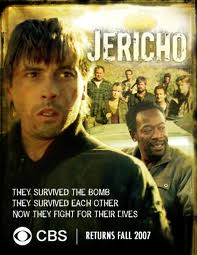 Jericho (TV series). The small Kansas town of Jericho is fortunately located in a relatively safe area between major nuclear strikes following a massive series of detonations that effectively destroys U.S. infrastructure and isolates towns, in what is essentially a well-done update of Alas, Babylon. Gritty and fairly realistic in its examination of many facets of the problems facing a small town suddenly cut off from the world (medicine, governance, vigilantism, looting, hoarding, fallout, etc.), Jericho boasted a talented cast playing absolutely credible characters. The show was dark and sometimes pretty grim (not one a them there light-hearted holocausts that network executives prefer), Jericho only played for two seasons. Totally worth seeing even if things don’t quite get resolved. Currently available to stream on Netflix.
Jericho (TV series). The small Kansas town of Jericho is fortunately located in a relatively safe area between major nuclear strikes following a massive series of detonations that effectively destroys U.S. infrastructure and isolates towns, in what is essentially a well-done update of Alas, Babylon. Gritty and fairly realistic in its examination of many facets of the problems facing a small town suddenly cut off from the world (medicine, governance, vigilantism, looting, hoarding, fallout, etc.), Jericho boasted a talented cast playing absolutely credible characters. The show was dark and sometimes pretty grim (not one a them there light-hearted holocausts that network executives prefer), Jericho only played for two seasons. Totally worth seeing even if things don’t quite get resolved. Currently available to stream on Netflix.
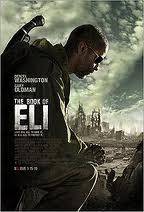 The Book of Eli. About 100 years after a nuclear holocause, Denzel Washington is Eli, a bad-ass prophet-like man on a mysterious pilgrimage west. Shantytown boss Gary Oldman discovers that Eli is carrying a Bible, and he really, really wants it because most books have been destroyed, and the legendary reverence for this one will give him major mojo over the townfolk. Naturally Eli ain’t about to give up his damn Bible. This sounds a lot dumber than it is. Washington is perfect in the role, for reasons I don’t want to say, and Oldman gives his best Early Shouting Oldman performance in years. I don’t want to say a lot about this movie because I don’t want to reveal too much, but it’s become one of my favorite post-apocalyptic films. Special mention to the perfect haunting score as well.
The Book of Eli. About 100 years after a nuclear holocause, Denzel Washington is Eli, a bad-ass prophet-like man on a mysterious pilgrimage west. Shantytown boss Gary Oldman discovers that Eli is carrying a Bible, and he really, really wants it because most books have been destroyed, and the legendary reverence for this one will give him major mojo over the townfolk. Naturally Eli ain’t about to give up his damn Bible. This sounds a lot dumber than it is. Washington is perfect in the role, for reasons I don’t want to say, and Oldman gives his best Early Shouting Oldman performance in years. I don’t want to say a lot about this movie because I don’t want to reveal too much, but it’s become one of my favorite post-apocalyptic films. Special mention to the perfect haunting score as well.
Honorable Mention
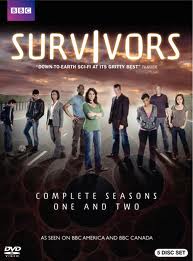 Survivors (BBC series). Lone survivors of a supervirus a la The Stand form a group and learn to rely on one another. My review on Netflix: I thoroughly enjoyed the two seasons of this show, but let’s get this out of the way right off: There’s a lot of stupidity in this thing. It doesn’t matter how many times the group is beaten, robbed, held at gunpoint, trapped, or conned, they absolutely refuse to get themselves even as much protection as a salad fork. Except for Tom, because he’s a Career Criminal, don’tcha know. They refuse to take precautions before entering buildings. When a member of their party has been taken they hang signs all over the city pointing to where they are, and not only does it never occur to them that the people chasing her when she escapes can read the signs, too, it doesn’t occur to the people chasing her, either.
Survivors (BBC series). Lone survivors of a supervirus a la The Stand form a group and learn to rely on one another. My review on Netflix: I thoroughly enjoyed the two seasons of this show, but let’s get this out of the way right off: There’s a lot of stupidity in this thing. It doesn’t matter how many times the group is beaten, robbed, held at gunpoint, trapped, or conned, they absolutely refuse to get themselves even as much protection as a salad fork. Except for Tom, because he’s a Career Criminal, don’tcha know. They refuse to take precautions before entering buildings. When a member of their party has been taken they hang signs all over the city pointing to where they are, and not only does it never occur to them that the people chasing her when she escapes can read the signs, too, it doesn’t occur to the people chasing her, either.
They do a great job with the dead cityscapes, but there’s no evidence of the carrion that would be everywhere if 90% of the human race suddenly died. And lawns remain remarkably well kept. Stuff like that.
There’s a ton more. But I forgive it all of this stuff, because the characters are (with a few exceptions, such as Sarah) wonderfully well drawn. You genuinely care about these people. Enough that you hate to see them making the same stoopid mistakes over and over.
One thing you simply can’t help but notice as an American: Wow, there are a LOT less guns in England. It’d be rednecks & paramilitaries on parade here. On this show, if one guy has a gun, he’s got a dozen people rallied around him.
The closest comparison is Jericho, which for my money was a much more intelligent series that progressed quite logically. Still, I hated knowing that Survivors was canceled and there’s no getting past the cliffhanger ending of Season 2. You should know that going in.
And kudos for not having zombies.
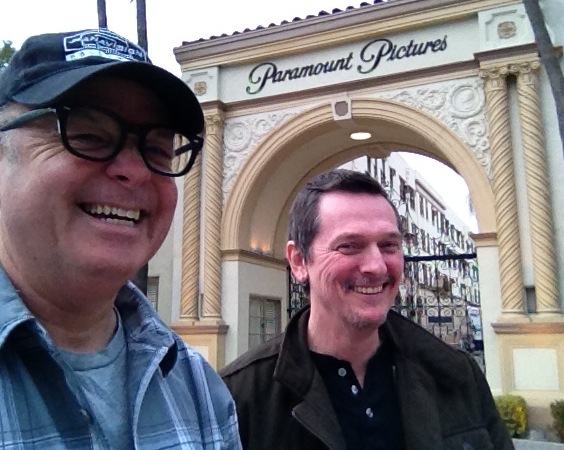
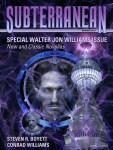
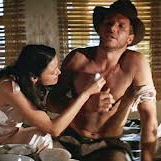 First up is Supercuts of Scenes of Women Treating Injured Men (Especially When Followed by Kissing). One such scene in the utterly predictable Christian Bale/Mark Wahlberg vehicle The Fighter made me think this supercut needs to be done. I don’t think it takes a lot of effort for most of us to come up with an embarrassing number of such scenes. One of the more famous (and one of the best) is from Raiders of the Lost Ark. I’d suggest more, but thinking of them is half the fun.
First up is Supercuts of Scenes of Women Treating Injured Men (Especially When Followed by Kissing). One such scene in the utterly predictable Christian Bale/Mark Wahlberg vehicle The Fighter made me think this supercut needs to be done. I don’t think it takes a lot of effort for most of us to come up with an embarrassing number of such scenes. One of the more famous (and one of the best) is from Raiders of the Lost Ark. I’d suggest more, but thinking of them is half the fun.
 HEREWITH, the following Words and Phrases are ordered Banish’d from the common speech as Damning Evidence of groupthink, known to be detrimental to the Rever’d Gift of Free Will:
HEREWITH, the following Words and Phrases are ordered Banish’d from the common speech as Damning Evidence of groupthink, known to be detrimental to the Rever’d Gift of Free Will:
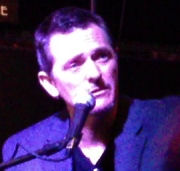
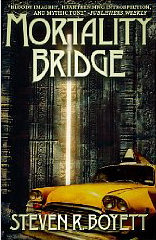
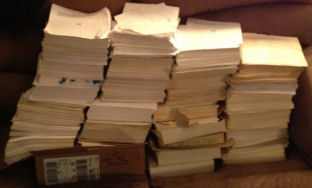
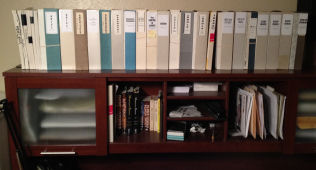
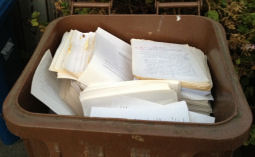
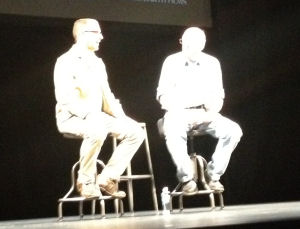
 Some years back I made up this image in an attempt to express the breadth of that accomplishment. The left side is a picture of the earliest known hominid footprint, from Laetoli in Tanzania. (At least, it was the oldest known at the time I made the image. It may have been superseded since.) It’s 3.7 million years old.
Some years back I made up this image in an attempt to express the breadth of that accomplishment. The left side is a picture of the earliest known hominid footprint, from Laetoli in Tanzania. (At least, it was the oldest known at the time I made the image. It may have been superseded since.) It’s 3.7 million years old.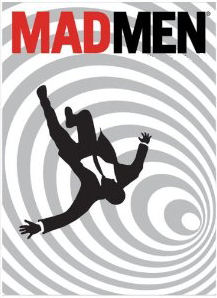 Mad Men
Mad Men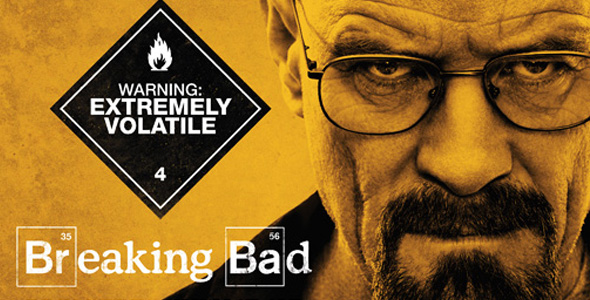
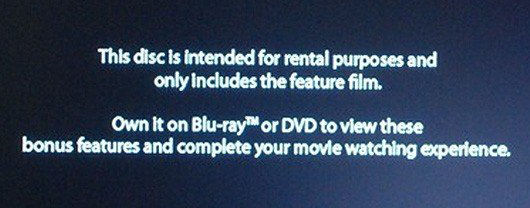

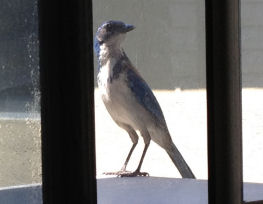
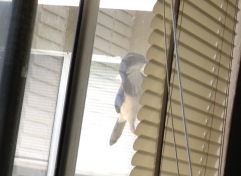
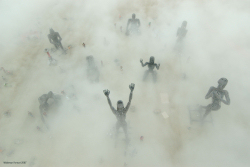
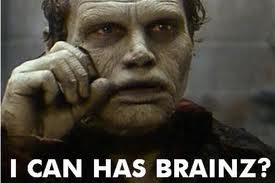 There is a subgenre of postapocalyptic scenarios that contains all of the elements I’ve previously discussed — societal breakdown, survivalism, moral quandary of looter/ predator vs. self sufficiency and altruism, questions of individual usefulness and the lengths to which you might go to in order to survive, entrenched technophiles vs. barbarians at the gate — and which implicitly contains all those elements’ fascination. But this subgenre also contains an additional element that I believe accounts for its enormous popularity, outpacing all the other end-of-the-world scenarios combined: The zombie apocalypse.
There is a subgenre of postapocalyptic scenarios that contains all of the elements I’ve previously discussed — societal breakdown, survivalism, moral quandary of looter/ predator vs. self sufficiency and altruism, questions of individual usefulness and the lengths to which you might go to in order to survive, entrenched technophiles vs. barbarians at the gate — and which implicitly contains all those elements’ fascination. But this subgenre also contains an additional element that I believe accounts for its enormous popularity, outpacing all the other end-of-the-world scenarios combined: The zombie apocalypse.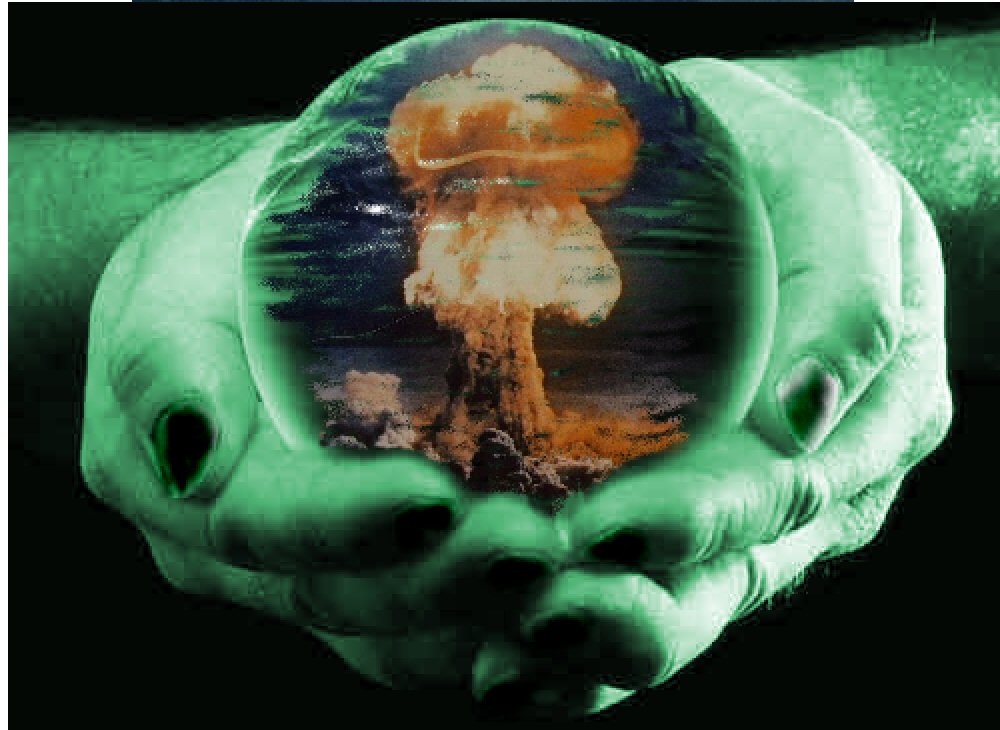 (In 2009 I wrote a two-week series of blog posts about post-apocalyptic novels & films for Borders’ blog. Because this subgenre has continued to flourish, I am reprinting the posts here.)
(In 2009 I wrote a two-week series of blog posts about post-apocalyptic novels & films for Borders’ blog. Because this subgenre has continued to flourish, I am reprinting the posts here.)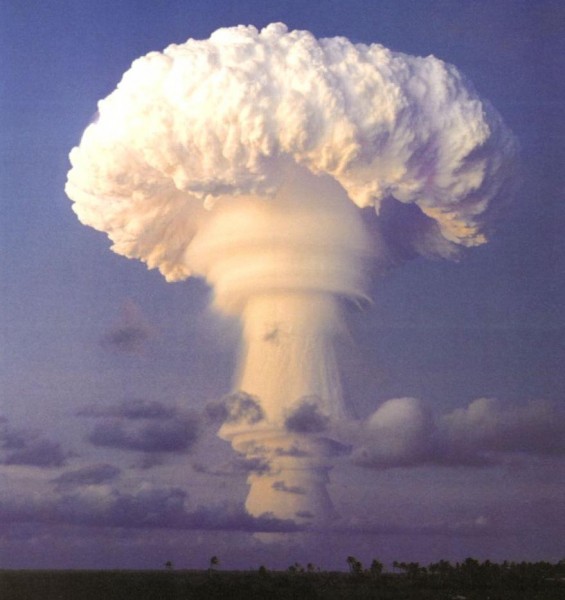 So I’ve dipped my toe in the postapocalyptic water over the last week to offer a brief survey of books and movies that I think are important in the After-the-Fall canon. Of necessity I’ve left out a bunch that I’d love to discuss because they’re just plain fun (Night of the Comet, the Resident Evil movies, “A Boy and His Dog,” a ton more). But as a foundation for talking about what in the world could be so appealing about the end of the world, I think we’ve got a broad spectrum of approaches and scenarios here.
So I’ve dipped my toe in the postapocalyptic water over the last week to offer a brief survey of books and movies that I think are important in the After-the-Fall canon. Of necessity I’ve left out a bunch that I’d love to discuss because they’re just plain fun (Night of the Comet, the Resident Evil movies, “A Boy and His Dog,” a ton more). But as a foundation for talking about what in the world could be so appealing about the end of the world, I think we’ve got a broad spectrum of approaches and scenarios here. The Omega Man
The Omega Man I Am Legend
I Am Legend
 Threads
Threads Jericho
Jericho

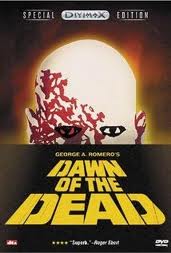
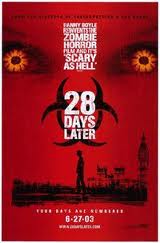
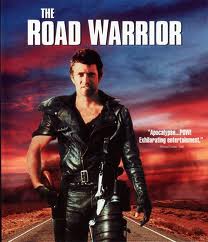
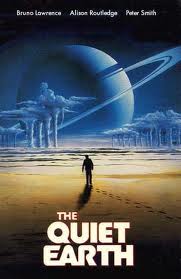
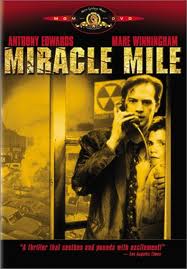
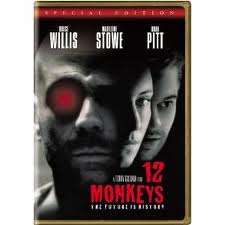 12 Monkeys
12 Monkeys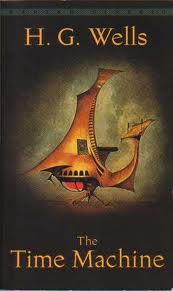
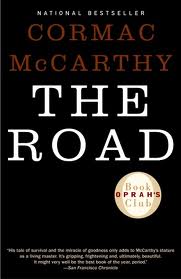
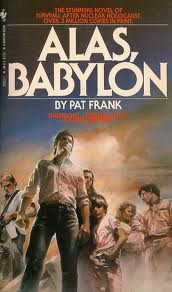
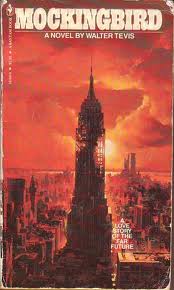
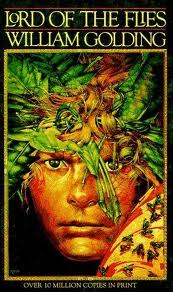
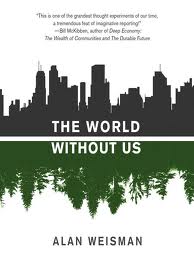
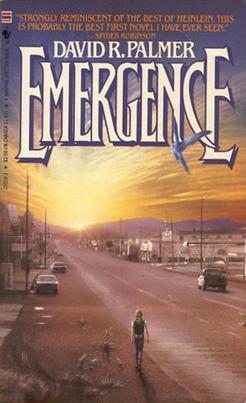
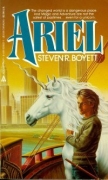 Worth mentioning here is the terrific Jim Burns cover for the paperback original. When Emergence was published I was insanely jealous, as it was exactly the cover I’d imagined for
Worth mentioning here is the terrific Jim Burns cover for the paperback original. When Emergence was published I was insanely jealous, as it was exactly the cover I’d imagined for 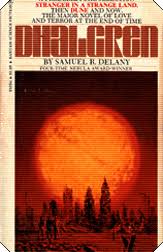
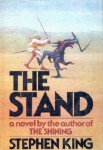 The Stand
The Stand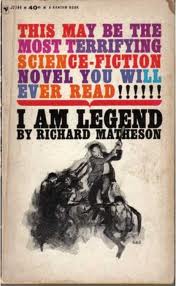
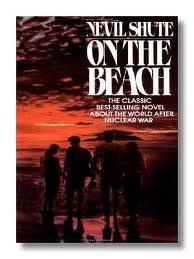
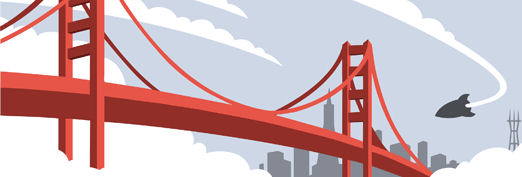
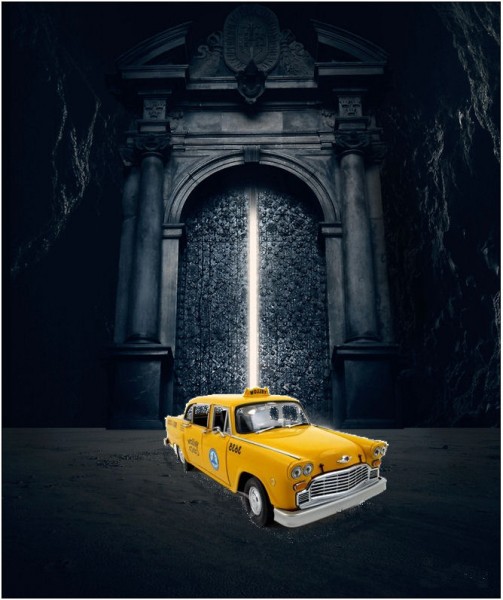
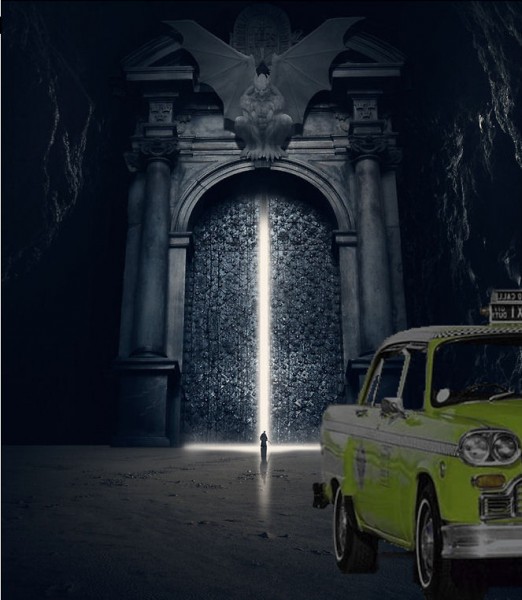
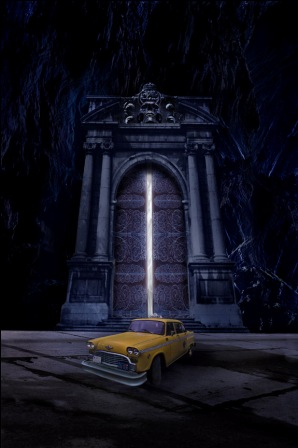

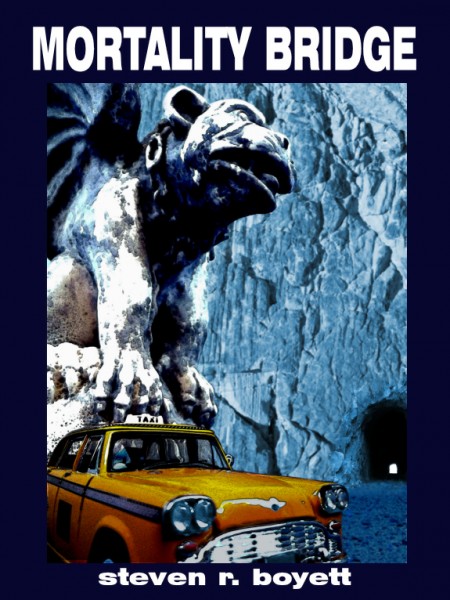
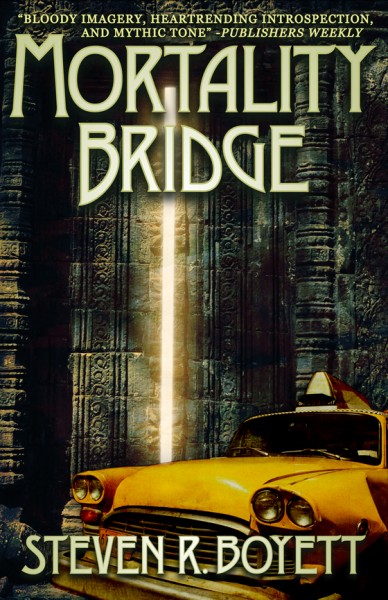


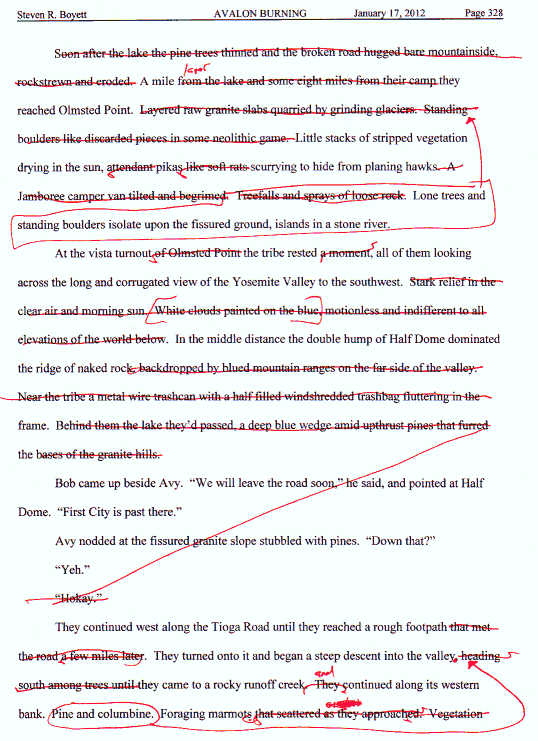
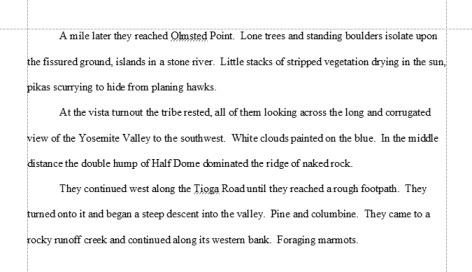
 Today is the 176th birthday of Mark Twain. My appreciation of Twain’s work deepens as I get older, and the work of his that I like best has changed as time has gone on as well. Twain not only wrote with eloquence, humor, charm, and passion about America, he did so on behalf of America. More than any other writer he seemed to embody the national consciousness, and he remains arguably the best articulator of our nation’s view of itself.
Today is the 176th birthday of Mark Twain. My appreciation of Twain’s work deepens as I get older, and the work of his that I like best has changed as time has gone on as well. Twain not only wrote with eloquence, humor, charm, and passion about America, he did so on behalf of America. More than any other writer he seemed to embody the national consciousness, and he remains arguably the best articulator of our nation’s view of itself. The e-book version of Mortality Bridge is now available! I worked closely with the layout artist to be sure the digital version adhered as closely as possible to the printed version’s typographical quirks and conventions , and we found alternative solutions where it could not. It was a learning experience, and I am very happy with the results, as well as deeply appreciative of the time, effort, and consideration taken to achieve this.
The e-book version of Mortality Bridge is now available! I worked closely with the layout artist to be sure the digital version adhered as closely as possible to the printed version’s typographical quirks and conventions , and we found alternative solutions where it could not. It was a learning experience, and I am very happy with the results, as well as deeply appreciative of the time, effort, and consideration taken to achieve this.

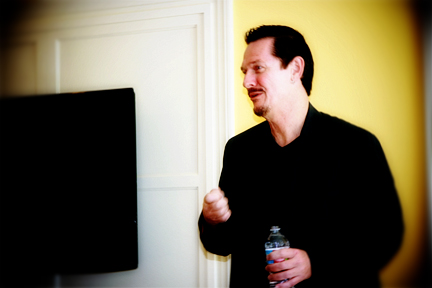


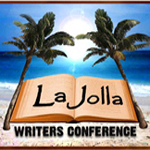 Here’s my teaching schedule for the
Here’s my teaching schedule for the 
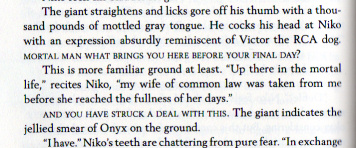
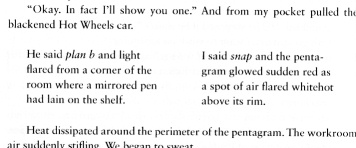
 A few weeks ago I proofed the “galleys” — the old term still has to apply, I guess — for the e-book edition of Mortality Bridge. I received them in epub format from the publisher and used
A few weeks ago I proofed the “galleys” — the old term still has to apply, I guess — for the e-book edition of Mortality Bridge. I received them in epub format from the publisher and used 